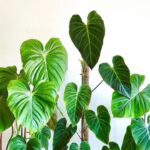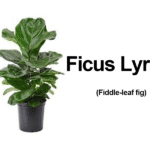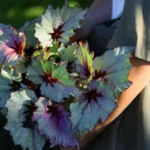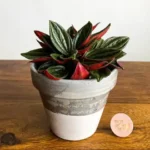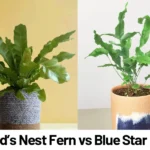Peperomia Watermelon vs Peperomia Obtusifolia: A Detailed Comparison for Indoor Gardeners
If you’ve ever browsed the houseplant aisle or scrolled through plant enthusiast groups, you’ve likely encountered both the Peperomia Watermelon and Peperomia Obtusifolia. With their similar succulent-like foliage, compact form, and easygoing care routine, it’s no surprise that these two Peperomia species are often confused. But despite their shared name and genus, they offer very different aesthetics and growth habits—and choosing the right one depends on your space, lifestyle, and design vision.
This guide will walk you through the key differences between Peperomia argyreia (aka Watermelon) and Peperomia obtusifolia (commonly called the Baby Rubber Plant), so you can pick the best fit for your home or office. Whether you’re a first-time plant parent or simply looking for the next gem to add to your indoor jungle, understanding these distinctions will help ensure a thriving, beautiful display.
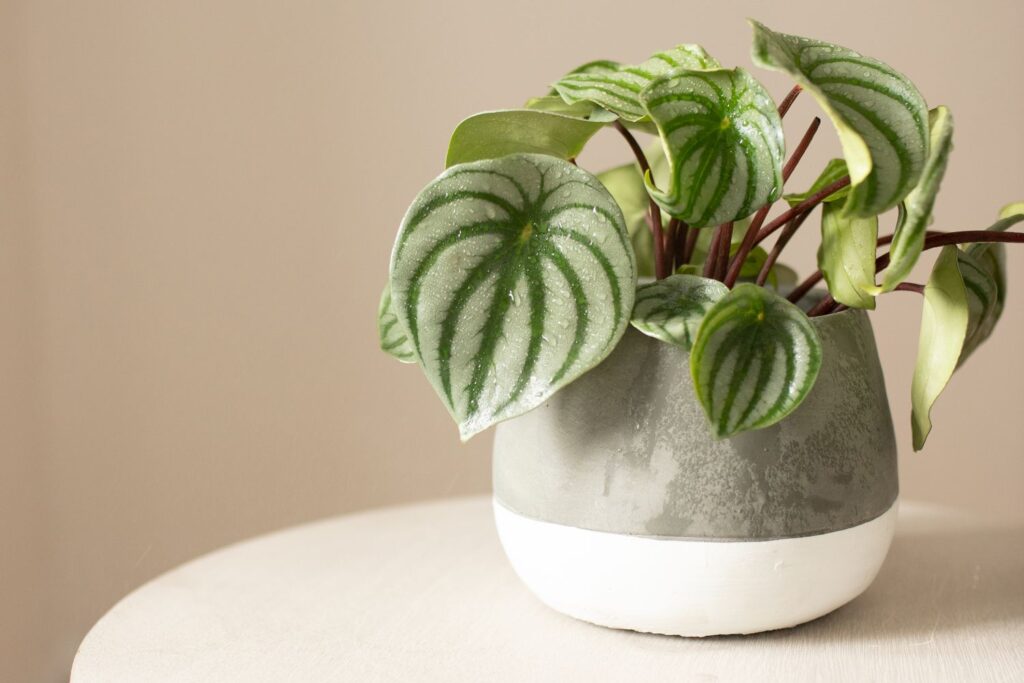
Comparison Table: Peperomia Watermelon vs Peperomia Obtusifolia
| Feature | Peperomia Watermelon (P. argyreia) | Peperomia Obtusifolia |
|---|---|---|
| Botanical Name & Family | Peperomia argyreia – Piperaceae | Peperomia obtusifolia – Piperaceae |
| Native Region | South America (Brazil, Bolivia, Ecuador) | Central & South America (Mexico to northern South America & Florida) |
| Leaf Shape & Size | Broad, oval leaves with striking silver and green stripes; 5–10 cm long | Thick, rounded to oval leaves; usually solid green or variegated; 5–12 cm long |
| Growth Habit & Speed | Clump-forming rosette; moderate to slow growth | Upright and branching; faster growth under optimal conditions |
| Stem Structure | Red, fleshy petioles; leaves grow in a basal rosette | Thicker, vertical stems; more shrub-like structure |
| Light Requirements (lux range) | Bright indirect light (6,000–15,000 lux) | Bright to moderate indirect light (3,000–12,000 lux) |
| Watering & Humidity | Low to moderate watering; prefers 50–60% humidity | Tolerant of drier air; 40–60% humidity ideal; similar watering needs |
| Pet Safety | Non-toxic to cats and dogs (ASPCA) | Non-toxic to cats and dogs (ASPCA) |
| Price & Availability | Moderately common; $10–$25 USD for small to medium plant | Widely available; $5–$20 USD depending on size and cultivar |
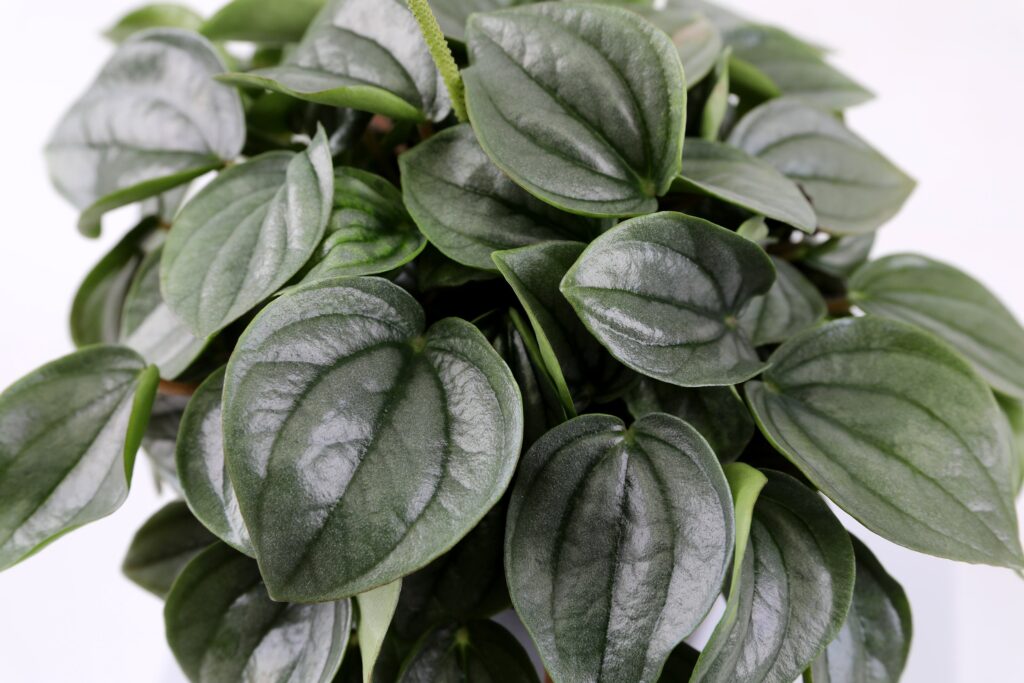
Key Differences Analyzed
Visual Identity & Leaf Design
The most prominent distinction is visual: Peperomia Watermelon’s signature silver-and-green patterned leaves mimic the rind of a watermelon, creating an instantly striking aesthetic. Its leaves have a smooth, elliptical shape growing in a symmetrical rosette, making it ideal as a tabletop centerpiece or focal accent plant. In contrast, Peperomia Obtusifolia presents glossier, thicker leaves in solid green or variegated cream-and-green varieties. The shape is more rounded, and its bushier, upright form contributes to a fuller visual footprint over time.
Growth Form & Space Requirements
Peperomia Watermelon maintains a compact, horizontal spread, often maxing out around 20–30 cm in height and width. It makes an excellent choice for tight spaces, shelves, or grouped arrangements. Peperomia Obtusifolia tends to grow more vertically and can reach up to 30–40 cm in height with equally broad foliage. Its branching habit means it’s more adaptable for those who want a fuller, small shrub-like look in their home. It’s also easier to propagate via stem cuttings due to its firm and segmented stem structure.
Light Tolerance & Placement Flexibility
While both plants thrive in bright, indirect light, Peperomia Obtusifolia is more forgiving of lower light situations—doing well even at 3,000 lux, equivalent to a well-lit north-facing window. The Watermelon Peperomia, by contrast, may lose variegation or become leggy with insufficient light and truly thrives in brighter spaces, ideally between 6,000 and 15,000 lux. This makes the Obtusifolia more adaptable to apartments or offices with less natural sunlight.
Care Complexity for Beginners
Both Peperomias are considered low-maintenance, but the Obtusifolia shines in households where consistent humidity and light may be a challenge. Its thicker leaves make it more drought-tolerant and less prone to fungal issues. Peperomia Watermelon, while not high-maintenance, may appreciate a more attentive approach to humidity levels (ideally around 55%) and light exposure to maintain its striking foliar patterns. For beginners worried about overwatering or inconsistent conditions, the Obtusifolia might be the safer starting point.
Which One Should You Choose?
- Best for Beginners: Peperomia Obtusifolia’s forgiving nature, thicker leaves, and upright growth make it a better starter plant with minimal care issues.
- Best for Statement Décor: Peperomia Watermelon stands out with its dramatic foliage and radial symmetry, ideal for a bold, single-plant display.
- Best for Low-Light Homes: Peperomia Obtusifolia tolerates as low as 3,000 lux and won’t lose variegation as easily, making it the better choice for dim or shaded corners.
- Best for Small Spaces: While both are compact, Peperomia Watermelon stays lower and wider, making it perfect for shelves or hanging planters.
- Best for Pet-Friendly Homes: Both plants are non-toxic to cats and dogs (per ASPCA), so choose either without worry around furry friends.
Ultimately, your plant pick should align with your home environment and how much visual drama or low-maintenance reliability you want from your indoor greenery.
Conclusion
Peperomia Watermelon and Peperomia Obtusifolia may share a genus and some care similarities, but their personalities diverge sharply in growth habit, appearance, and adaptability. The Watermelon cultivar dazzles with its patterned leaves and compact flair, while the Obtusifolia delivers hardy, bushier presence with broader lighting tolerance. Both plants can thrive in indoor settings with a proper care routine, but your ultimate choice depends on your goals—whether that be stress-free upkeep or striking looks. Whichever you pick, you’re adding a resilient, pet-safe, and delightful addition to your green space.
References
- American Society for the Prevention of Cruelty to Animals (ASPCA). (n.d.). Toxic and Non-Toxic Plants. Retrieved from https://www.aspca.org/pet-care/animal-poison-control/toxic-and-non-toxic-plants
- Pennisi, B. V., & Thomas, P. (2022). Houseplants. University of Georgia Extension. Retrieved from https://extension.uga.edu/publications/detail.html?number=B1318
- Costa Farms. (2023). Peperomia Plant Guide. Retrieved from https://www.costafarms.com/plants/peperomia


